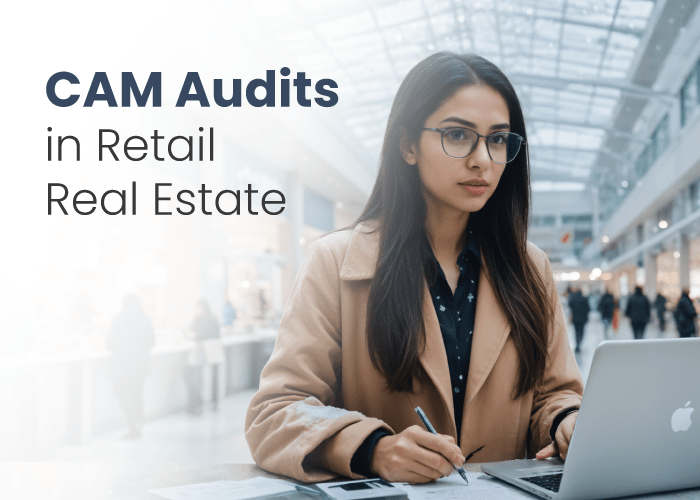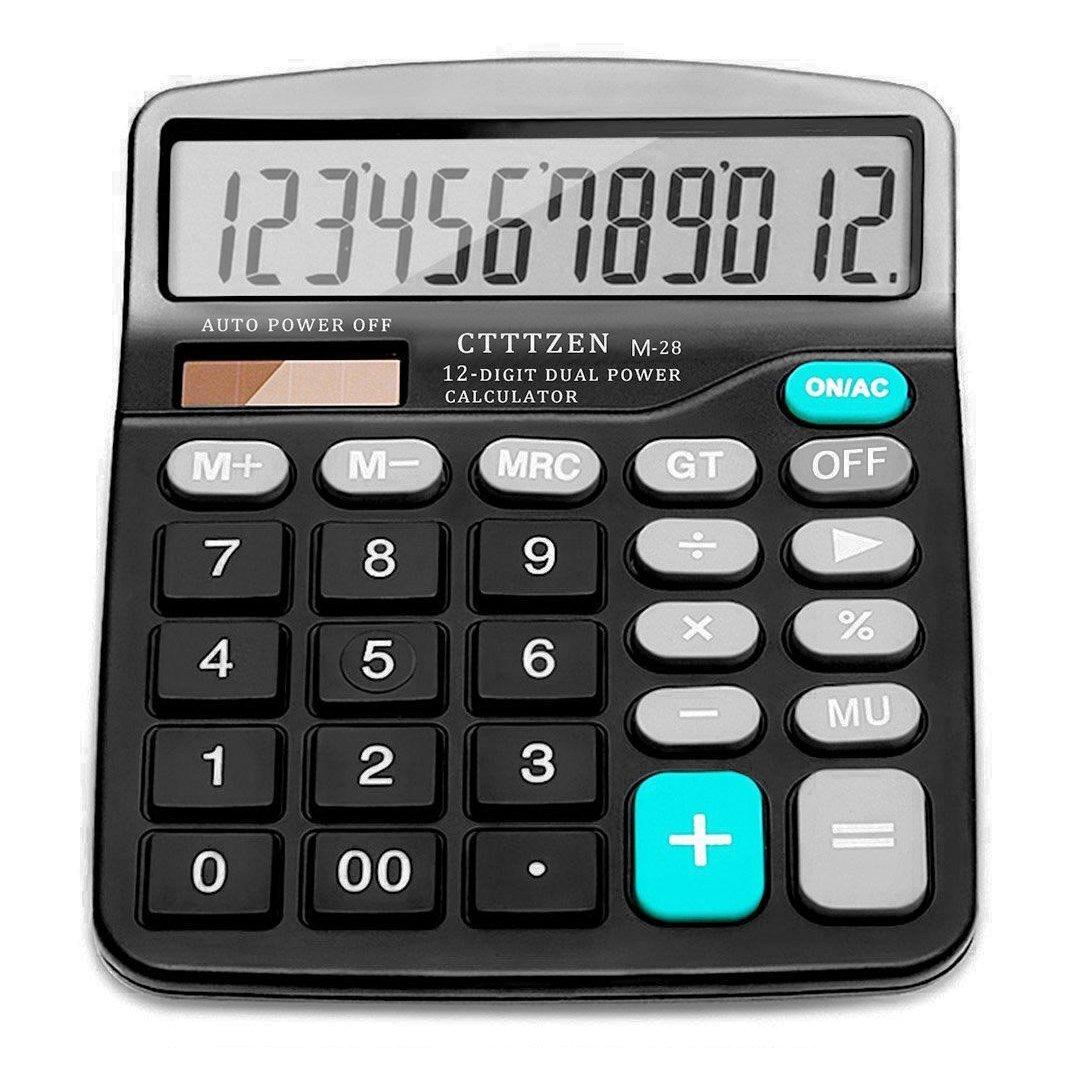Common Area Maintenance (CAM) audits are a critical component in retail real estate, serving as a key tool for business owners to ensure cost efficiency and compliance in their property expenses. These audits scrutinize the charges related to the maintenance of shared spaces, ensuring tenants are billed fairly. As retail real estate evolves, understanding and managing CAM charges becomes increasingly important, with factors like market trends and economic changes significantly impacting these expenses. This article delves into the intricacies of CAM audits, highlighting their importance in contemporary retail real estate.
The Evolving Landscape of CAM Charges
CAM charges represent a significant portion of operating expenses in retail real estate. These expenses include the costs to maintain, repair, and operate a building, covering areas such as lobbies, restrooms, elevators, and shared conference rooms. Additionally, they extend to landscaping, parking lot maintenance, and snow removal.
Recent years have seen landlords struggling to maintain and consistently control operating expenses, with an uptick of errors related to cap adherence noted. Factors like inflation, supply chain issues, and pricing pressures have made operating expenses a challenge for real estate operators and managers. For example, the average cost for electricity per kWh jumped from $0.141 in 2021 to $0.159 in 2022, indicating a noticeable increase in utility costs. This increase in operating expenses, including CAM charges, necessitates careful scrutiny and accurate audits to ensure fair and compliant billing practices.
The impact of market trends and economic shifts on CAM expenses is also significant. For instance, the increasing focus on sustainability and technology advancements can influence the nature and amount of CAM charges. These shifts necessitate a close examination of typical discrepancies in CAM charges and their financial implications, ensuring tenants are not unfairly overcharged.
Deep Dive into Lease Agreement Nuances
Lease agreements in retail real estate often contain specific clauses related to CAM charges, such as caps on increases, exclusions from billable items, and administrative fees. The precision of language in these clauses is critical, as vague or ambiguous wording can lead to interpretation disputes and financial repercussions.
For example, in a triple net lease, tenants are responsible for paying rent, property taxes, insurance premiums, and all maintenance and operating expenses, giving them direct control over these expenses. However, this arrangement also adds an additional management layer for the tenant. On the other hand, full-service leases typically involve a set monthly charge covering operating expenses, with landlords passing through any increases in these expenses to tenants after the base year.
Understanding and negotiating these clauses effectively can have a significant financial impact. For instance, tenants can seek to limit the scope of CAM charges or cap the annual increase in CAM expenses during lease negotiations. This approach provides cost predictability and protects tenants from unexpected cost escalations.
Methodologies for Effective CAM Audits
Advanced Techniques for CAM Audits
Effective CAM audits in real estate require sophisticated methodologies that go beyond traditional review processes. Advanced techniques like statistical sampling and forensic accounting methods have become increasingly important.
Statistical Sampling: This involves selecting a representative subset of data from the entire pool of CAM charges, allowing for efficient and effective audit without the need for reviewing every single entry. This approach is particularly useful in identifying patterns and anomalies in large datasets.
Forensic Accounting: Forensic accounting techniques delve deeper, looking for signs of fraud or misrepresentation in CAM charges. This approach is critical in identifying and resolving complex discrepancies that could significantly impact financial statements.
Technology in CAM Audits
The integration of technology, particularly data analytics tools, is revolutionizing CAM audits. These tools facilitate deeper and more accurate analysis of CAM charges:
- Deviation Detection: Identifies transactions that significantly differ from the average, pinpointing unusual or suspicious activity.
- Prediction and Estimation: Useful for predicting trends or growth, especially in new business areas or market conditions.
- Visualization Tools: Aid in the interpretation of data, making it easier to identify patterns and outliers.
Advanced data analytics can involve both simple and complex analysis methods, from checking predefined rules and thresholds to exploring unknown patterns and trends.
Legal and Regulatory Considerations
Recent Changes in Accounting Standards
Recent changes in accounting standards, such as the International Financial Reporting Standards (IFRS) and Generally Accepted Accounting Principles (GAAP), have implications for CAM audits. These changes often involve how leases and related expenses are reported in financial statements. For instance, under ASC 842 and IFRS 16, there are specific requirements for lease accounting, affecting how CAM charges are recorded and reconciled.
Legal Precedents and Key Rulings
Understanding legal precedents and key rulings in disputes over CAM charges is vital. Such legal cases can provide insights into how courts interpret lease agreements and CAM provisions, guiding landlords and tenants in structuring their leases and conducting their audits.
Compliance Checklist
Ensuring compliance with state and federal regulations is crucial. A comprehensive compliance checklist should include:
- Reviewing and understanding the latest accounting standards (e.g., IFRS, GAAP) and how they apply to CAM charges.
- Ensuring all CAM charges are in accordance with the lease agreements.
- Maintaining transparent and detailed records of all CAM-related expenses and audit findings.
- Staying updated with any legal rulings or changes in regulations that might affect CAM audit practices.
By adhering to these methodologies and legal considerations, businesses can conduct effective CAM audits, ensuring financial fairness and compliance in their commercial real estate operations.
Strategic Negotiation and Conflict Resolution
Strategies for Negotiating CAM Charges and Lease Terms
Negotiating CAM charges and lease terms in retail real estate requires a strategic approach. Here are some effective strategies backed by real-world negotiation case studies:
- Thorough Lease Review: Before negotiation, thoroughly review the lease agreement to understand CAM charge calculations, exclusions, and caps. Identify areas where negotiation is possible.
- Data-Driven Approach: Gather historical data on CAM charges in the property and benchmark them against industry standards. Use this data to support your negotiation position.
- Leverage Tenant Associations: If possible, collaborate with other tenants in the same property to collectively negotiate better terms. Landlords may be more willing to accommodate tenant associations.
- Cap Increases: Negotiate for caps on annual increases in CAM charges to provide cost predictability. This can protect you from unexpected spikes in expenses.
- Exclusion Clauses: Seek clarity on exclusions from CAM charges. Ensure that non-shared or non-benefit items are excluded to avoid overpaying.
- Alternative Dispute Resolution (ADR): Include ADR clauses in lease agreements for resolving CAM-related disputes through mediation or arbitration.
- Tenant Improvements: Negotiate for landlord-funded tenant improvements that can offset CAM charges, especially if you plan to make property-specific enhancements.
Dispute Resolution Mechanisms
Disputes over CAM charges may arise even after negotiation. Understanding dispute resolution mechanisms is crucial:
- Mediation: Mediation involves a neutral third party helping parties reach a mutually acceptable solution. It’s less adversarial and can preserve the tenant-landlord relationship.
- Arbitration: Arbitration is a more formal process where an arbitrator renders a binding decision. While it’s faster than litigation, the decision is legally binding.
- Success Rates and Cost Implications: The success of mediation and arbitration depends on the specifics of each case. Mediation tends to have a higher success rate in preserving relationships. Arbitration can be faster and less costly than litigation but may still incur fees.
The Future of CAM Audits: Trends and Predictions
Emerging Trends in Retail Real Estate
The future of CAM audits in retail real estate is shaped by several emerging trends:
- Shift Towards Mixed-Use Properties: Retail spaces are increasingly integrated into mixed-use developments, combining residential, commercial, and entertainment elements. CAM audits will need to adapt to these complex environments.
- Online Retail Impact: The continued growth of online retail may impact the allocation of CAM charges, with retailers exploring ways to share costs with e-commerce operators.
Future Challenges and Opportunities
Predicting the future of CAM audits involves considering market data and expert forecasts:
- Challenges: Increasing complexity due to mixed-use properties, changing regulations, and evolving technology may pose challenges for CAM audits.
- Opportunities: Technology-driven solutions, such as AI-powered auditing tools, can streamline the audit process and identify discrepancies more efficiently.
Conclusion
In conclusion, CAM audits are a critical aspect of managing costs and ensuring fairness in retail real estate. Business owners must employ effective negotiation strategies, leverage dispute resolution mechanisms, and stay informed about industry trends and future challenges.





